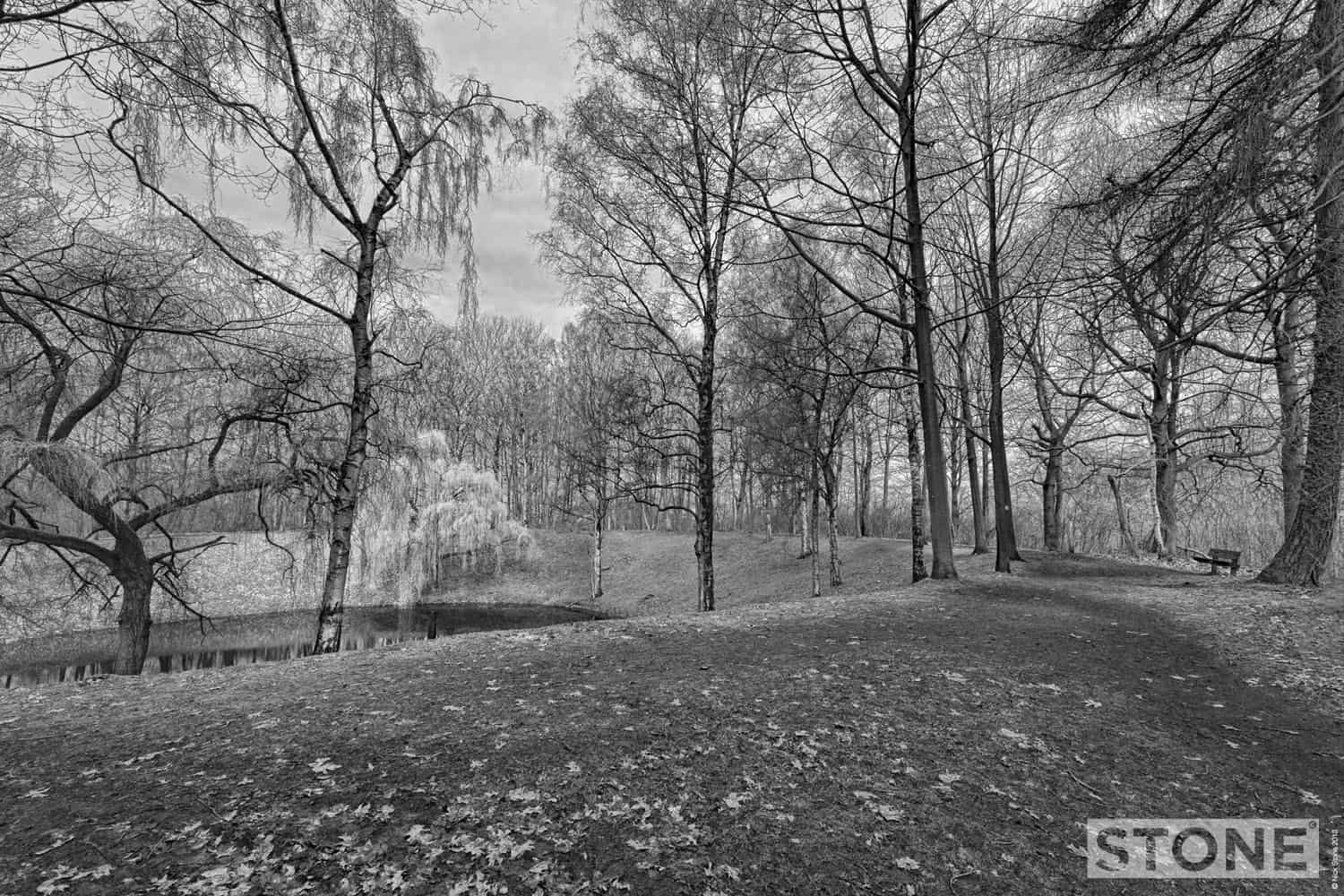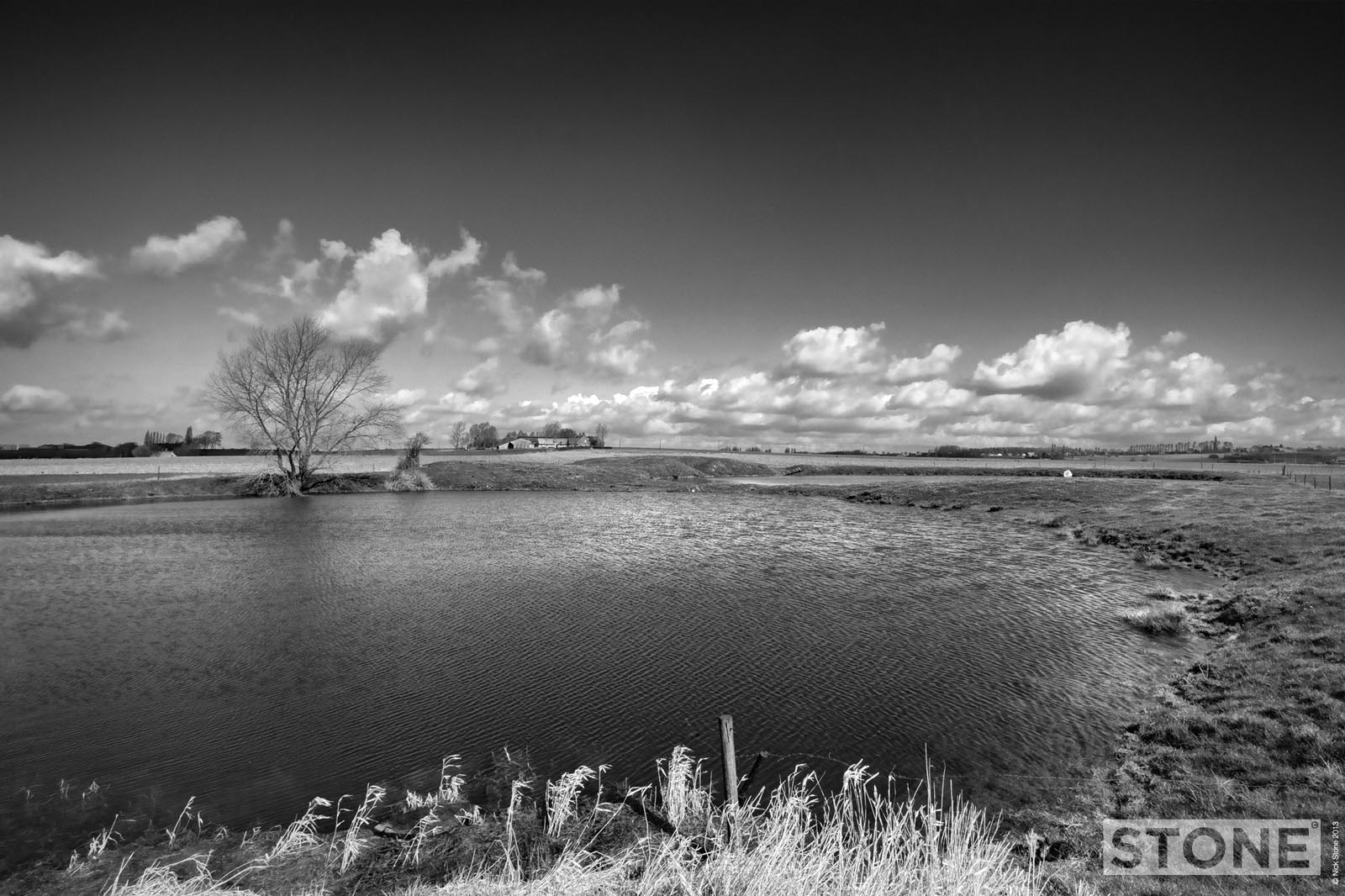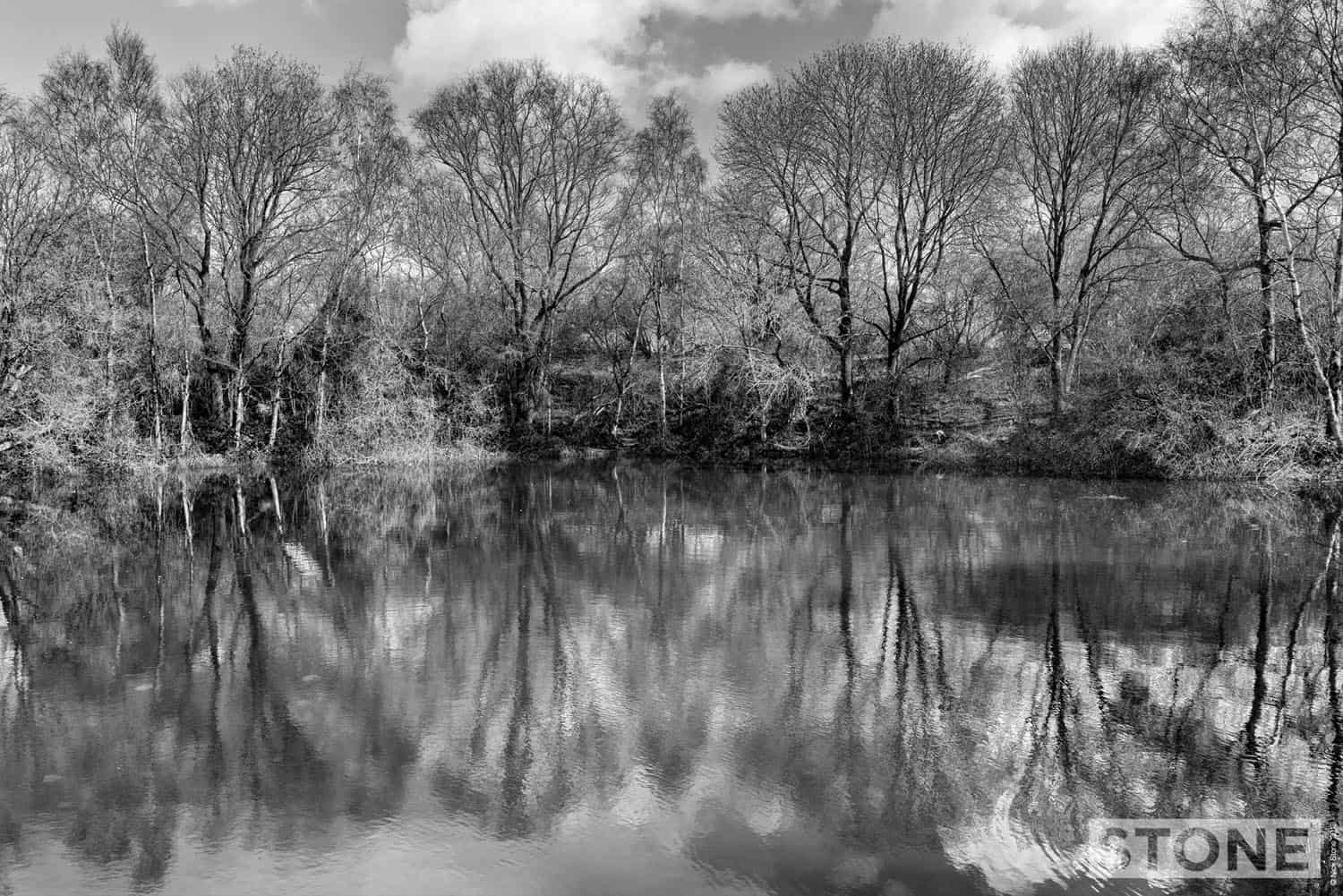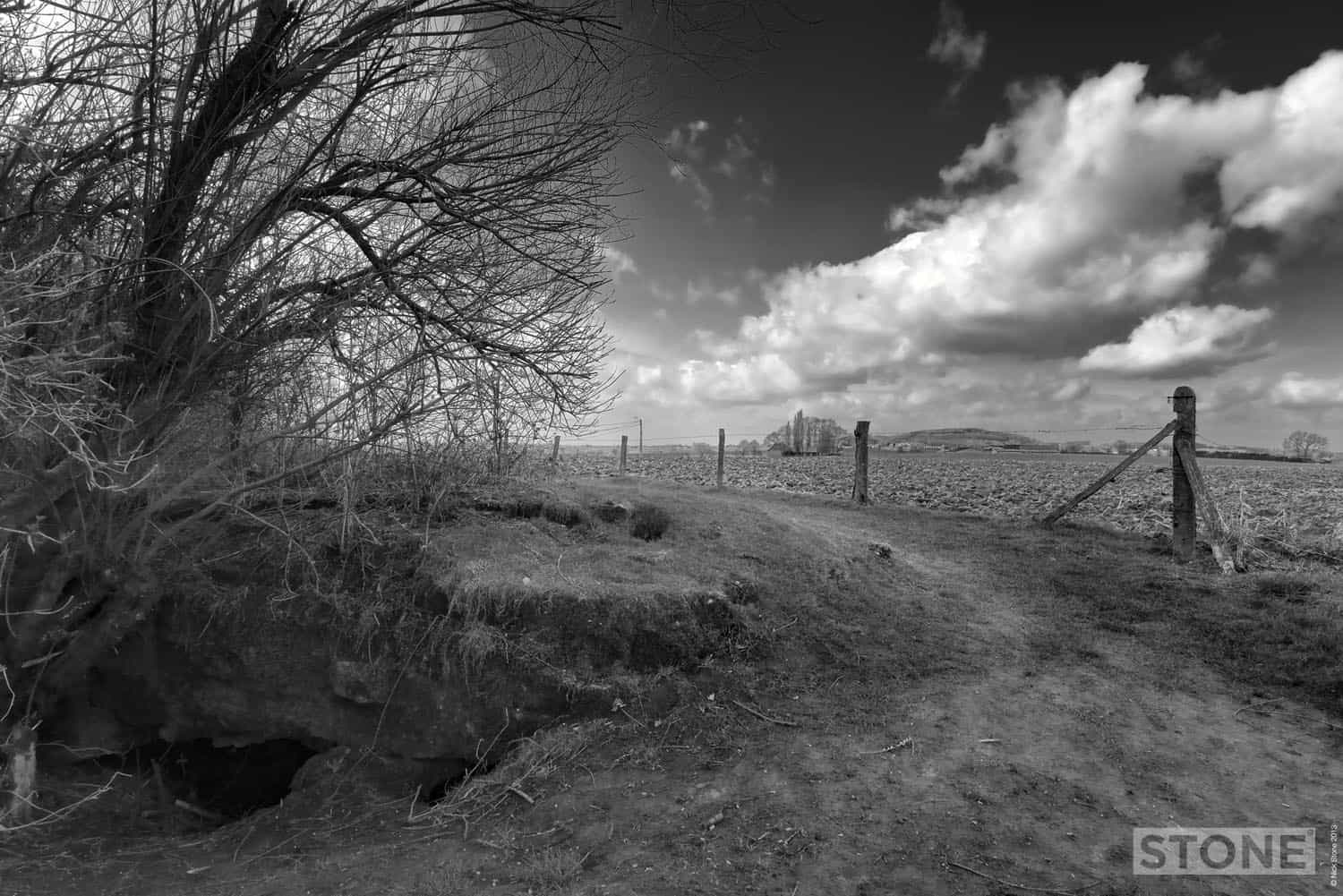The anniversary of the massive mining attack around Messines 1917 passed at 3.10am on Saturday the seventh of June, ninety-seven years since. This year rather overshadowed by the 70th anniversary of D-Day on the sixth of June and justly so. But this is one of those events that in a similar way goes beyond our normal comprehension of war and the extent to which secrecy, planning a tactical preparation can give one side so much more of an advantage than the other, it works both ways obviously, but this was one where it worked for the Empire. The mines had been scrabbled, kicked and clawed out of the Blue clay to the South East of Ypres since 1915, mining attacks had taken place on both sides since then although nothing on this scale, this was going to blow a hole in the blau grey line and open up the front, save the immortal salient for his majesty and the country, bastion of British sentiment that it had already become.
The Messines Ridge is barely a low rise in the landscape, hardly a feature at all, Hill 60 at the northern end gives some sense of the highest parts named after it’s height at just 60 metres above sea level; The hill was a much fought after patch of blasted soil just high enough to give the German army a view across the plain towards the old cloth town, encircling it like a strangler’s hand from here to near Ploegsteert in the South to the North giving the German army optimum firing positions across the salient and the town with the added advantage of being able to see more or less from their deep trenches and heavy fortifications right down into the British lines across the plain, thus knowing what Tommy was doing what he was shifting about and where he was up to no good.

Digging these mines was an horrific, wet and claustrophobic task undertaken by specialist Tunneling Companies from across the Commonwealth; Australia, Canada and Britain for this specific purpose. Drawn from miners and engineers who were already used to horrific, wet and dangerous conditions. Mostly, they were a hardened bunch, many taken out of reserved occupations, providing the coal for powering the war, copper for encasing the war and the minerals for firing the war, they weren’t used to digging like this. The ‘drives’ stretched for miles, fingers of stale air reaching out under the front, hand cut by one man lying at an angle on a board wedged between ceiling and floor digging into the forward wall literally ‘clay kicking’. The spoils were passed back up the tunnels, hauled up shafts in sandbags and buckets where they had to be disposed of, hidden above ground, the distinctive blue of the deeper clays being too much of a signal that this mining activity was going on and where. Their counterparts on the other side of the wire listened and dug their own galleries, counter-mining, quelling their breathing and the beating of their hearts whilst straining to hear rhythms in the dark foetid air. It became not just a battle against the water table, air supply, officers, the slips and injuries of working in cramped airless conditions but a battle of wits and fear with an underground enemy. Once a drive was identified camouflets; small charges that direct blast very precisely were laid in the clay walls pointing in the direction of the sounds of scraping or dragging, the sigh of a pump, footsteps or the clink of tools. The charges once fired either crumped the tunnel caving it in and blocking it, killed the miners or opened up a space big enough to enter the chamber and fight hand-to-hand in the dark with pistols, sawn-off rifles, bayonets and shovels. If a drive remained unfound a chamber was built at the endpoint and packed with tons of guncotton and ammonal, amounts varied from sixty thousand to ninety thousand pounds of high explosive. Containment walls were built to direct the blast, channelling it upwards, the stuff of future nightmares would then sit in the dripping silence waiting for the time to come. There was close to one million pounds of explosives buried quite deep under the ground, directly below the German line
By June 1917, twenty-five were complete, some in pairs or threes, some individual. Two were abandoned on the night of the attack; one after a successful countermining event at Petit Douve Farm, a Tunnel Collapse at Peckham. Four weren’t fired at all at Ploogsteert, not required being the reason given. The nineteen remaining mines were detonated in a chain, almost simultaneously. The explosion was so loud it was allegedly heard in London and Dublin and registered as a small earthquake on seismographs in Switzerland. The explosions ripped upwards through the night, men in the British and Australian front lines were in some places instructed to crawl out onto the parados at the front or the reredos at the rear of the trench just in case the blast caused them to cave in, there were instances of legs being broken a few men were knocked out or killed by falling debris.
The results along the opposite lines were horrifying; the men who were waiting above these large chambers for the artillery bombardment to lift were totally devastated, concrete strong points were lifted into the air and thrown about like fag packets, entanglements scattered and a huge number of men just vanished. Estimates of the death toll range between 6,000 and 10,000 missing. Those left were reeling, shaking and shaken, often deaf and disorientated by the blasts. Around 7,000 men surrendered or were captured. Opposition was almost non-existent as the troops advanced. The German second line faced tanks, just for once when the British and allied newspapers trumpeted the huge successes of the advance and the ‘Pillars of Fire’ it was more than just bravado and propaganda, it had actually happened. The front temporarily shifted. As Plumer’s Army advanced in the hot sun on a hot, dry day, throats parched by fags and the dust and heat they believed they were walking into a new brighter more open phase of the war but it wasn’t long before it all became bleakly familiar, this, the start of what became the Third Battle of Ypres was like a wave breaking, one that broke and lost it’s power and became entrenched again. And then it rained. By August the battle had became mired in the rain-sodden fields to the North, fields which were to become known as Passchendaele. A new front line forming that was barely a string of shell holes.

The craters of several of these mines still exist as do several others from previous mining attacks long this stretch of Front, and indeed in the pitted wasteland at Vimy and on the Somme. Caterpillar and Spanbroekmolen (The Pool of Peace) are probably the most sculpted of the group, Some have been partially filled in such as Kruistraat where not all of them remain and they are primarily wired off and being used to water the farmer’s herd of cows. Hill 60 itself bears the scars of it’s mine and others from previous attacks, They are all worth seeking out and are generaly visible if not entirely accessible in certain cases.
And of the ones that didn’t fire: One of the group at Ploegsteert went up in a thunderstorm in 1955, apparently scaring some cows and the rest are still there. The mine at Petit Douve, now called La Basse Cour, is still sweating away under the farm in the dripping darkness, likewise at Peckham. 22 tonnes of high explosive sitting there waiting.
Caterpillar Crater (main photo above and inset right) lies on the Western end of what is known as Battle Wood. A ridge here thrown up by the German forces on top of the bank of earth thrown up by the Railway cut through the ridge, a good high point in a place which is devoid of many high points.
Hill 60 and the Caterpillar form the two embankments on either side of the railway line, both were heavily mined throughout the war, but this hole is one of the more impressive of the pitted nasty depressions on the Salient, sitting as it does in the middle of a rather nice glade surrounded by trees. Rather different from the morning when it was created. The First Australian Tunneling Company high tailed it away, back up their rabbit warren of tunnels and saps 25 metres underground back to their lines ready for liftoff. At 3.10am it went off with everything else. The German lads on top of this had already suffered a week long bombardment, enough to seriously test whatever remaining sanity you had available. They probably wouldn’t have known much about it. They still for the most part lie under here, just them and the frogs swimming about and the odd deer. It’s a rather pretty place given it’s spectacular and horrible origin.

The Kruisstraat Craters, seven miles south of Ypres, created on the German front line courtesy of 5 different Canadian tunneling companies. Originally comprise three craters – only two now remain, one was filled in. They started digging the tunnels to these in December 1915. At 1,650 feet a 30,000lb charge was laid, another 30,000lb charge 166 feet to the right, this time underneath the German front line… Then they extended the mining position to the third line. Two months more digging and clay kicking and a gallery stretching half a mile from the shaft was made and packed with another 30,000lb of ammonal was laid forming the longest tunnel of them all. In early 1917 countermining resulted in some damage to one of the chambers, which was repaired, another 19,000lb charge of ammonal was laid at the same time.
These two sit just off the road not far from Spanbroekmolen and Peckham farm craters, anyone sitting on top of these would have had a very sharp horrible end. Unlike Caterpillar these are on private land, which is marked clearly enough to understand, but badly enough to ignore. I don’t condone trespass But couldn’t see the harm in sneaking up a bit closer up whilst a terrier barked at me frantically from the nearby bungalows. You can at least make out the two holes blown in the field and see the lip of earth thrown up particularly on the back edge. As I got back in the car, we spotted a bullet case sticking out of the verge, always an oddly emotional way of connecting with what happened.

Spanbroekmolen; formerley the site of a Windmill also known as and Lone Tree Crater, how a tree survived anything I don’t know. It’s also more recently become known as The Pool of Peace. The site is now a nice shaded pond with a few lazy carp feeding lazily along the back edge. The crater is set in a ring of trees which grow on the debris lip. The digging to lay the particularly nasty piece of work that made this hole was done by the Royal Engineers. This site also suffered from countermining and had to have new tunnels dug and wires laid in March 1917. It was finished on the 6th June hours before it was due to be fired. Had the mill existed at this point; which it didn’t because shelling had already removed it, it would have been blown to molecules as were the infantry who sat on top of it. There is a rather complete surviving strongpoint (photo below) at the rear of the site, which is actually the front. The four occupants were all found unmarked but dead inside it after the attack, the concussion from the blast killing them instantly, it’s is now full of water a victim of the fractured water table. There is a rumour that Spanbroekmolen went up slightly later than planned resulting in the deaths of a group of Royal Irish Rifles who were too keen and too near the front as the line moved, this is also refuted elsewhere. A few of them lie in Lone Tree cemetery just on the back slope of the hill behind the crater. The site was bought by Toc H in Poperinge, and is open to the public. It’s also easy to spot as it sits on the ridge surrounded by it’s ring of trees. We saw some nasty pieces of rusted orange shrapnel nearby in the field, yet again I was left wondering how anything survived at all.

These are all part of a rather beautiful but haunted landscape.

Great work Nick